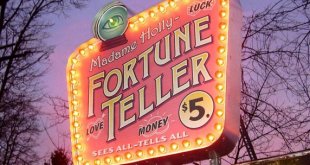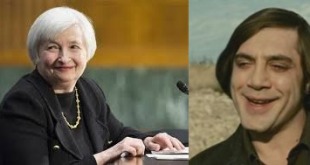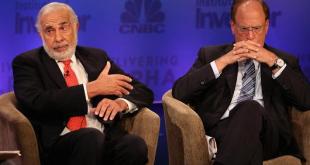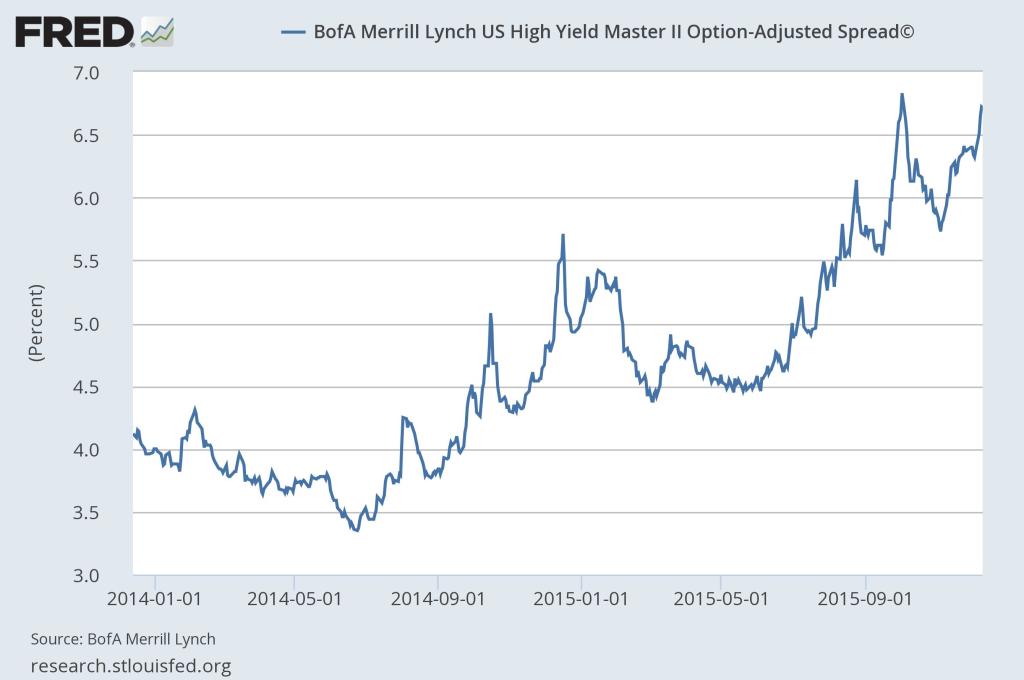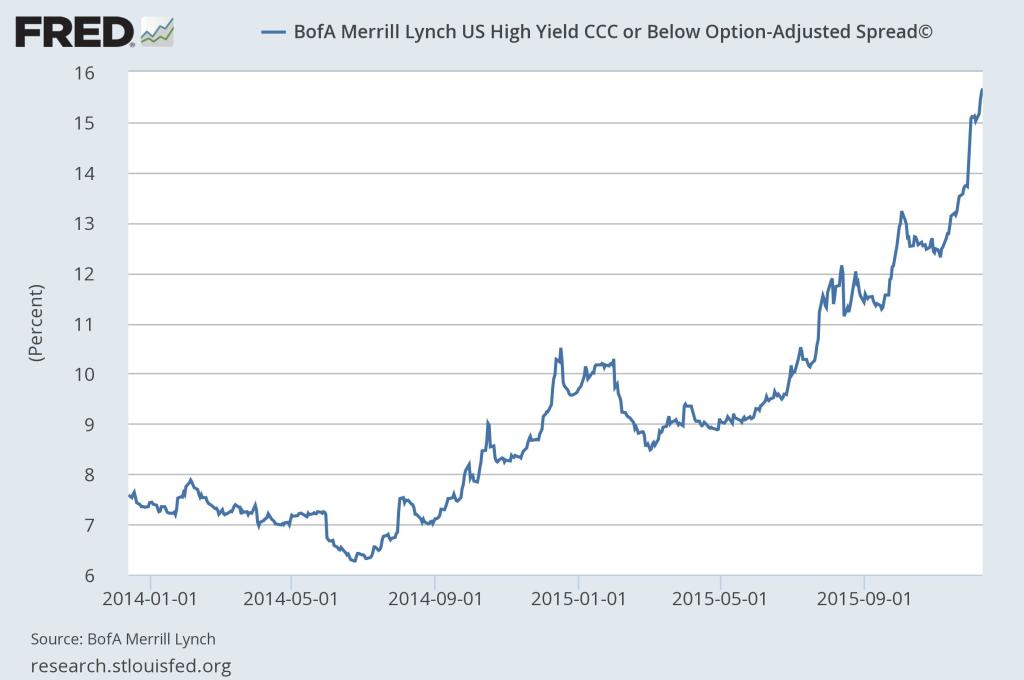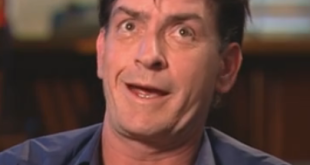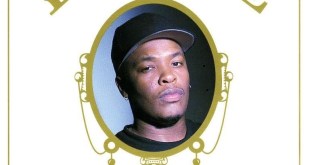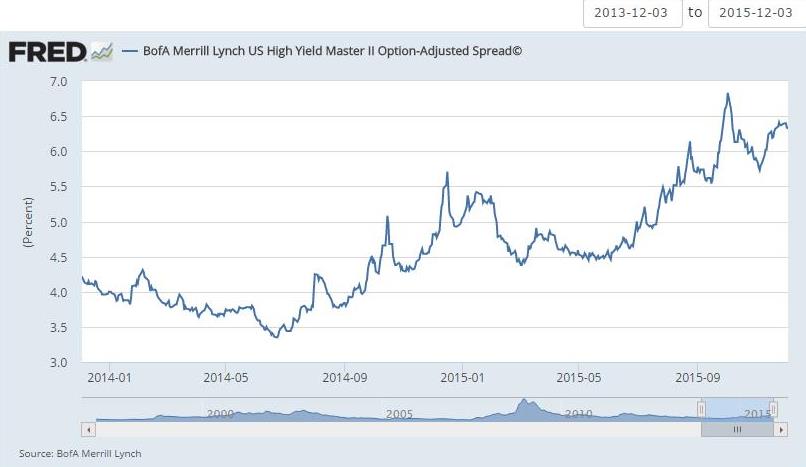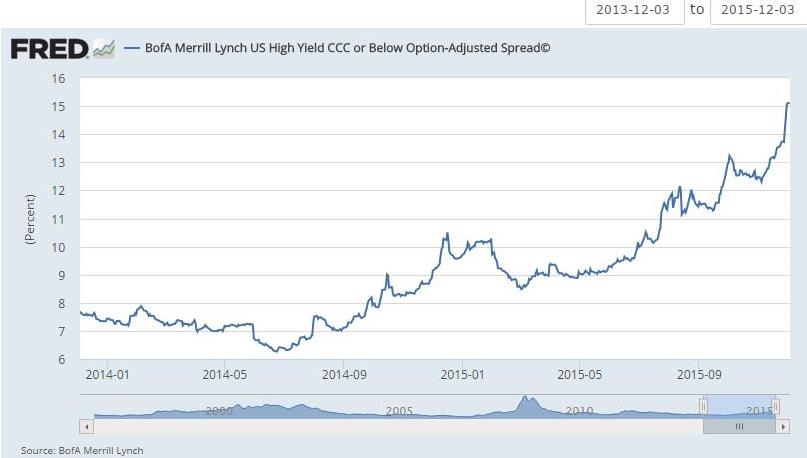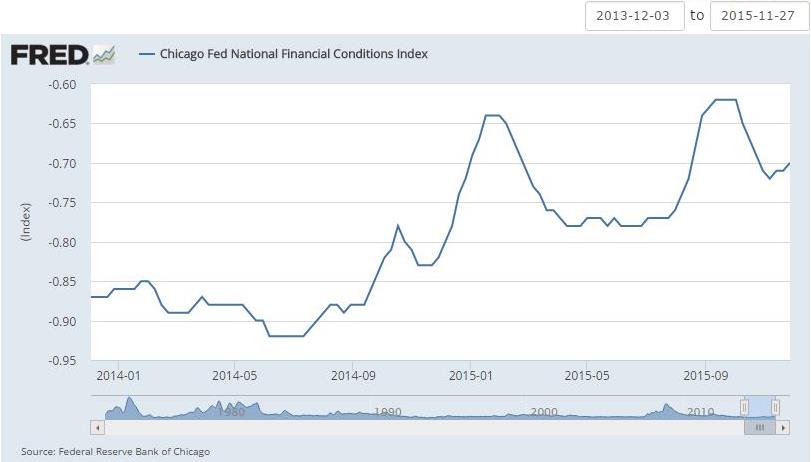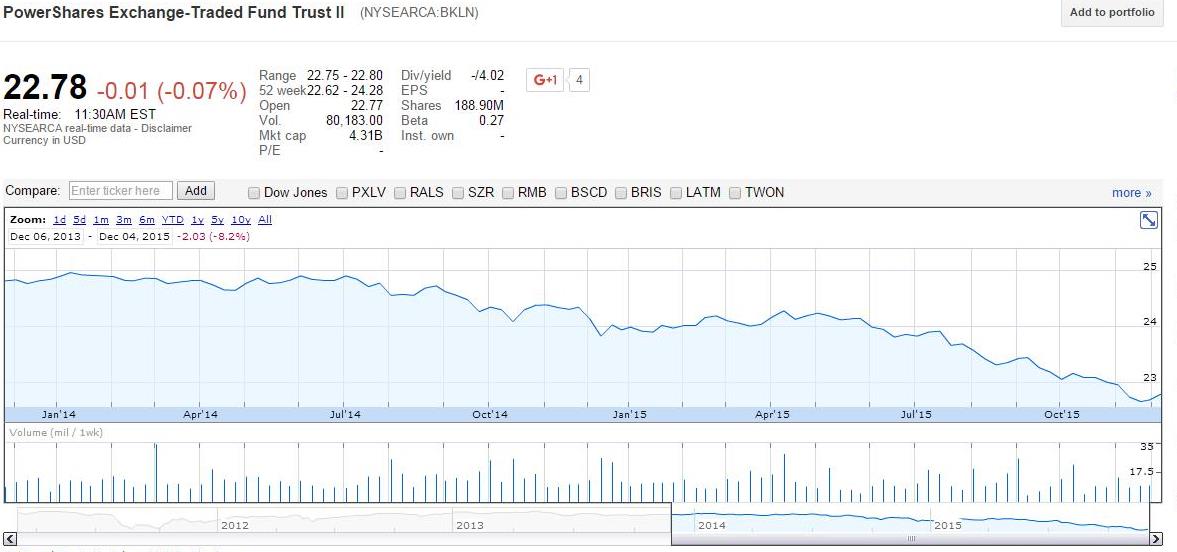Any complicated and controversial topic in business, financial markets, or even so far as life, never has one sole reason for the current conditions.
High prescription drug is a persistent issue, and one that will no doubt be heavily debated and discussed during the 2016 campaign election cycle (insert throwing up sound).
There are many reasons why, on a per person basis, Americans spend around of $1,000 out of pocket on prescription drugs every year. These are what I believe, contribute but are not the major cause of these high prices:
- Due to characteristics of inelastic demand and high barriers of entry through the patent process, the laws of economics tell us that any rationale participant would price these goods relatively high
- The average new drug costs about $2.5B to develop through R&D and legal and regulatory costs, takes approximately 10 years from start to finish, and only 10% drugs ultimately make it to the market; put simply, this developing drugs is a high risk venture
- In other countries outside of the United States, there are far fewer companies and organizations that will purchase prescription drugs, which allows a large concentrated group to exert a large amount of purchasing power, and thus demand lower costs when compared to Americans
The third point relates closely as to my belief of what is driving up prescription drug spending by 13.5% in 2015, and those raising pill payments. The primary cause of this issue is Medicare being prohibited from negotiating drug prices with pharma manufacturers.
Some may be surprised to know this is even a law. But yes, the largest insurer of the elderly population, which uses prescription drugs more than any other age demographic has ZERO pricing power in America; it’s the total opposite in the majority of developed and undeveloped nations.
What’s even more comical is that it was introduced by a Republican and continued on by a Democrat. As a side note, the more you look into political actions, the more you realize both sides are much more alike than different.
Yes, that lovable Congress with their sky high approval rating along with George W. Bush snuck that minuscule provision in into the legislation piece that created the Plan D prescription benefit program in 2003.
But as you’re well aware, our current full of fear leader, Obama, had a tremendous opportunity to include this in his healthcare reform bill. The point of Obamacare was to decrease healthcare costs, yet he and his Ivy League brain couldn’t put these two together (or he got lobbied out of it…).
As a side note, want to know how Martin Shkreli and Turing got away with jacking up Daraprim from $13.50 up to $750 a pill? Read the following from American Journal of Managed Care:
“For many years, most insurers had formularies that consisted of only three tiers: Tier 1 was for generic drugs (lowest copay), Tier 2 was for branded drugs that were designated “preferred” (higher co- pay), and Tier 3 was for “nonpreferred” branded drugs (highest copay).
Generic drugs were automatically placed in Tier 1, thereby ensuring that patients had access to medically appropriate therapies at the lowest possible cost. In these three-tier plans, all generic drugs were de facto “preferred.”
Now, however, a number of insurers have split their all-generics tier into a bottom tier consisting of “preferred” generics, and a second tier consisting of “non-preferred” generics, paralleling the similar split that one typically finds with branded products. Copays for generic drugs in the “non-preferred” tier are characteristically much higher than those for drugs in the first tier.”
What does this all mean? Basically, while the healthcare reform bill outlawed denying care because of pre-existing conditions, it allows for a new form of drug tiering.
What Shkreli did was take an old generic pill, rocket up the price while knowing full well this could easily be included in the non-preferred tier, and would still be reimbursed.
In the end, however, when you the largest entity representing the consumer is unable to negotiate on price, you can be sure the producer or manufacturer will use this to their advantage.
Comments »


